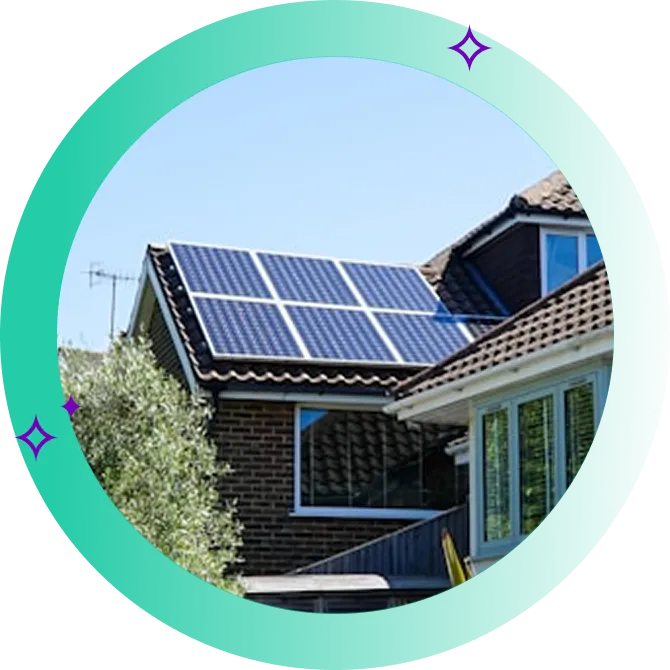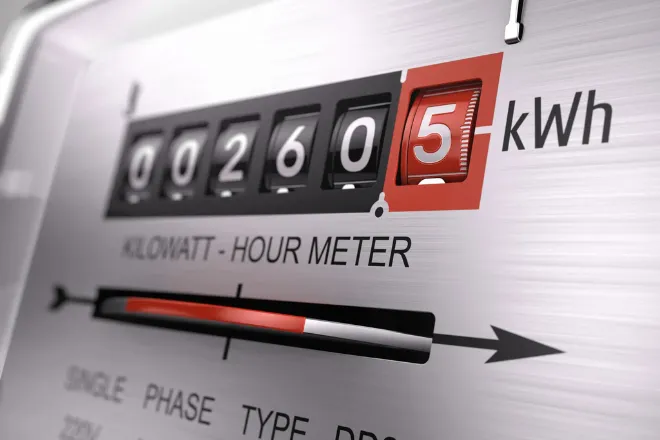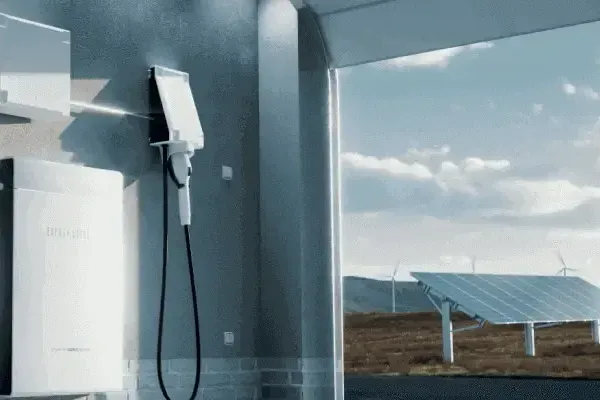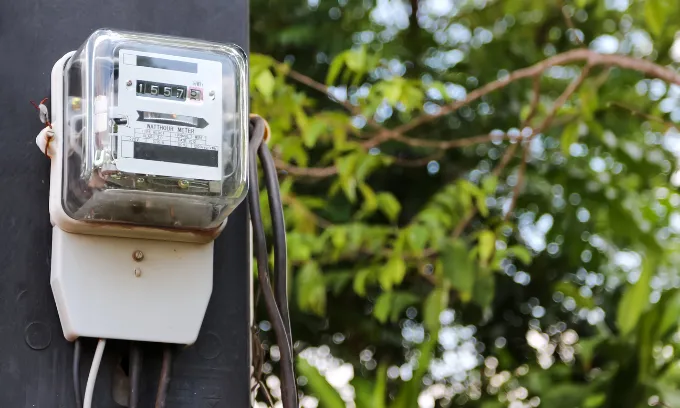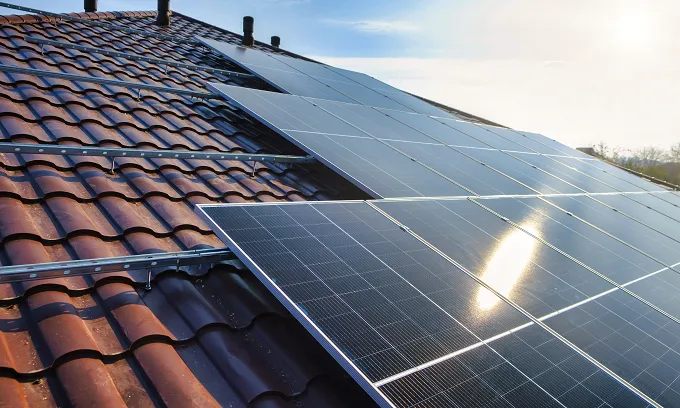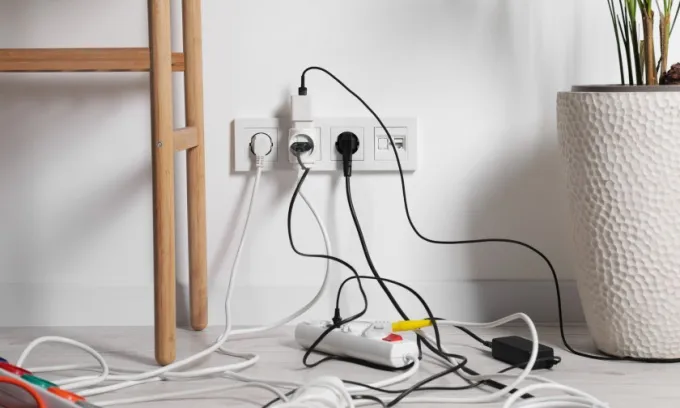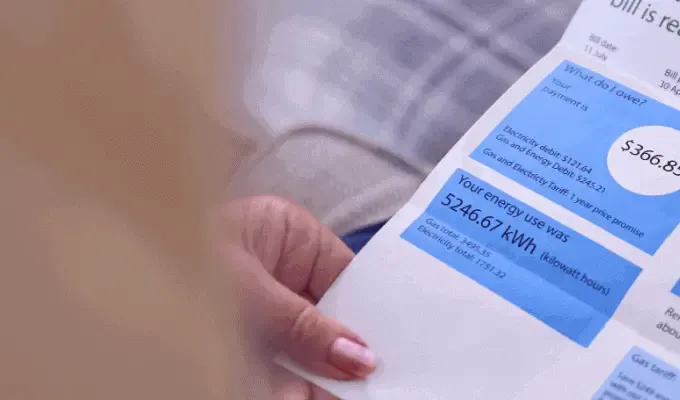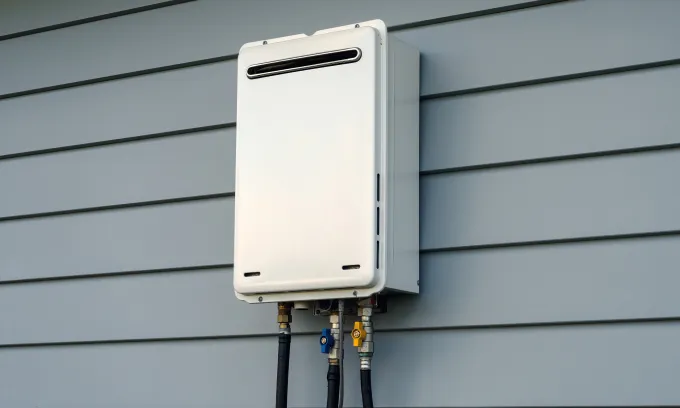Solar feed-in tariffs in QLD explained
Queensland (QLD) is the nation’s leader in rooftop solar systems, with over one million installations in 2024. For context, more than half of all QLD homes operate their own rooftop solar.
One of the main reasons behind the Sunshine state’s switch to solar is bill savings. In QLD, excess solar that’s generated from your system can be sold via a solar feed-in tariff (FiT).
A solar FiT, also known as a solar buy-back scheme, refers to a bill credit you can receive for every kilowatt hour (kWh) of excess solar exported to the grid.
For the government, solar FiTs are a financial incentive to encourage the exportation of excess solar. Exported solar strengthens the grid when it experiences instability during periods of high electricity demand.
Solar FiTs can be found as a feature listed on most electricity plans. With most electricity retailers selling plans with a FiT, picking just one can be confusing.
This guide gives you an up-to-date list of the best solar FiTs in QLD and key things to consider before making a choice.
What are the best solar feed-in tariffs in QLD?
Here are some of the top solar FiTs being offered in QLD, according to Canstar's database.
Provider | Plan name | Est. annual cost (inc. all discounts) | Est. annual cost (ex. conditional discounts) | Reference price comparison (Basic Plan Information) | Solar feed-in tariff (c/kWh)* | General usage charges (c/kWh)* | Supply charges (c/day)* |
|---|---|---|---|---|---|---|---|
Alinta Energy | SolarBalance Go | $2,058 | $2,058 | 4% less | 10c/kWhfor the first 10kWh per day, 4c/kWh thereafter | 32.85c | 149.61c |
ENGIE | QLD _ENGIE Solar Elec | $2,143 | $2,143 | Equal to | 10c/kWhfor the first 8kWh per day, 3c/kWh thereafter | 37.11c to 38.63c | 119.2c |
Energy Australia | Solar Max | $2,143 | $2,143 | Equal to | 8c/kWhfor the first 10kWh per day, 4c/kWh thereafter | 35.36c | 141.46c |
AGL | Residential Solar Savers - New To AGL | $2,100 | $2,100 | 2% less | 8c/kWhfor the first 10kWh per day, 3c/kWh thereafter | 34.86c | 135.87c |
Who offers the best solar feed-in tariffs in QLD?
Alinta Energy currently has one of the best solar feed-in tariffs in QLD (on our database).
Eligible customers will receive 10c/kWh for the first 10 kWh of solar exported per day before receiving a rate of 4c/kWh.
Is there a minimum solar feed-in tariff in QLD?
Yes, there is a minimum solar feed-in tariff. However, whether or not it applies to you will depend on the distributor network covering your area.
A distributor network, not to be confused with an electricity provider, refers to the company that supplies electricity and maintains grid infrastructure (e.g. utility poles) for a specified area.
In South East Queensland (serviced by the Energex network), there is no set minimum solar FiT. In regional QLD (covered by the Ergon Energy network), customers have a minimum FiT rate of 8.66c/kWh. These rates are set and regulated by the Queensland Competition Authority (QCA).
Is there a premium solar feed-in tariff in QLD?
The Solar Bonus Scheme’s 44c feed-in tariff started on July 1, 2008, but it is no longer available to new customers.
However, customers already on this tariff will continue to receive it until it expires on July 1, 2028.
How do I know what my solar feed-in tariff is?
Your FiT (in c/kWh) will be listed on the relevant energy fact sheet on your energy retailer’s website, detailing your plan’s rates, fees, charges and other plan details.
Energy fact sheets are also called Basic Product Information Documents (BPIDs) in QLD, NSW and SA.
Alternatively, your current FiT rate can be read off your energy bill under the ‘summary charges’ section.
On the results page of Canstar’s energy comparison platform, you can see a plan’s solar FiT listed as a bullet point.
Important things to know about solar feed-in tariffs in QLD
In QLD, solar FiTs can help you save money on your power bills. But there are a handful of things to consider before making a choice.
Types of solar feed-in tariffs in QLD
In QLD, solar FiTs typically come in two forms: fixed solar FiTs and variable solar FiTs, with fixed solar FiTs being more common. Both of them still reward you for exporting excess solar, but in different ways.
A fixed solar FiT means you’ll be paid a fixed rate, regardless of how much excess solar you’ve exported or the time of day.
On the other hand, a variable solar FiT’s rates can fluctuate based on these conditions:
- Some variable solar FiTs pay you a higher rate for a capped amount of excess solar you export to the grid daily. Once the cap has been reached, the rate goes down.
- Other solar FiTs pay different rates based on the time your excess solar is exported (e.g. 10c/kWh from 10 pm to 7 am, then 5c/kWh after). They are also called time-varying solar FiTs.
Mistaking a variable solar FiT for a fixed one can result in an overestimation of your FiT earnings. Miscalculations can leave you with unanticipated bill shock. That’s why it’s important to study every advertised FiT and its fine print.
A plan’s FiT and how it’s priced are outlined clearly on BPIDs. On the results page of Canstar’s energy comparison platform, you can directly access a plan’s BPID by clicking on the ‘Basic Plan Information’ prompt.
Duration of solar feed-in tariffs in QLD
If an electricity plan with a solar FiT has a specified contract length, that means its advertised rates are set to expire. This also applies to its FiT. A plan’s expiry date will be clearly spelled out on its BPID.
If you want to enjoy the same (or better) FiTs, we recommend revisiting your plan before it passes its due date. By signing up for our email newsletter, we’ll schedule frequent reminders for you to review your plan before it expires.
Solar generation in QLD
In QLD, a solar FiT won’t pay you much if you aren’t exporting enough excess solar. If you own rooftop solar, it’s important to monitor how much solar it's actually generating or exporting.
There are two simple ways to monitor solar generation and exportation in real-time:
- Self-install your own power usage monitor: A power usage monitor gives you a comprehensive view of your system’s solar generation and output. Monitors can differ in price based on brand, size, features and model.
- Install your electricity provider’s app: Depending on your provider, you may have free access to an app with solar-tracking features.
If you can determine how much excess solar your system is exporting, you’ll be able to accurately predict how much you could save on any solar FiT.
Electricity rates and solar feed-in tariffs in QLD
While this isn’t a hard-and-fast rule, a high FiT rate can be hiding higher base rates on an electricity plan. Consequently, a high FiT isn’t always a guaranteed way to save money.
On all electricity plans, there are two base charges:
- Supply charges: A fixed cost (in c/day) you pay to remain connected to the grid.
- Usage charges: An ongoing cost in cents for every kWh of electricity you use.
A solar FiT is only worth it if you save more on your FiT than you spend on your electricity use. Whether or not a plan with a high FiT and base rates will save you money will boil down to the size of your rooftop solar.
Residential rooftop solar comes in sizes ranging from 1.5 kilowatts (kW) to 30kW. In reality, most homes don’t need a system with a size beyond 13kW.
- If you have a large solar system exporting a large amount of excess solar, a high FiT could save you more than you’re spending on electricity.
- If you have a small solar system that exports little to no excess solar, you won’t be earning much on any FiT. A plan with lower base rates will save you more money.
That’s why we do not recommend looking at solar FiTs by themselves. A solar FiT’s value can only be truly understood alongside a plan’s other features.
Solar payback period in QLD
How much you save on a FiT will depend on how much you spend to buy and install rooftop solar. A solar system’s payback period is the time required for your future FiT earnings to make up for your upfront spend.
In QLD, the average payback period for rooftop solar hovers between four and five years. In reality, payback periods can vary significantly depending on how much you’ve actually spent on your rooftop solar. The more you spend, the longer the payback period.
Generally, the size, make and model of the following components form the majority of your upfront costs:
- Solar panels
- Solar inverters
- Solar batteries (optional).
When calculating your payback period, it’s also important to include anything that affects the upfront cost, be it a decrease or an increase.
If you’d like to learn more about rooftop solar, we encourage you to visit our solar guide.
It’s also important to note that rooftop solar cannot be self-installed. You will need to consult the services of an accredited solar installer.
If you’re shopping around for a solar installer, you can visit our Best Solar Installers guide. At Canstar, we rate and rank some of Australia’s best solar installers based on the valuable feedback of regular Aussies.
Self-consumption of solar in QLD
On virtually all electricity plans, usage charges are always higher than a solar FiT, meaning you’ll save more money by using your excess solar instead of exporting it. With solar FiT rates trending downward, there’s all the more reason to self-consume excess solar instead of redirecting to the grid.
If you’d like to reduce how much grid electricity your home draws from the grid, your rooftop solar system must be large enough to meet your home’s energy needs. It’s also possible to completely cut your connection to the grid with an off-grid solar system.
As previously mentioned, a power usage monitor or your provider’s app (if applicable) can help you document your own energy habits. Be wary that larger systems generally come with higher price tags.
FAQs about solar feed-in tariffs in QLD
For most Aussies, the underlying motivation is to save money. But whether a solar feed-in tariff is truly worth it will depend on your situation.
As discussed, using excess solar instead of exporting it could save you much more. We recommend following our advice in the guide above
Yes, some solar-specific products are on offer in QLD.
Most larger companies, such as AGL, EnergyAustralia and Origin, will generally have solar-specific plans available, but they may require certain conditions to be met. These conditions may include purchasing solar panels through the energy retailer.
According to Solar Choice, the average cost of a 10kW solar system in Brisbane is $8,080 in September 2025.

